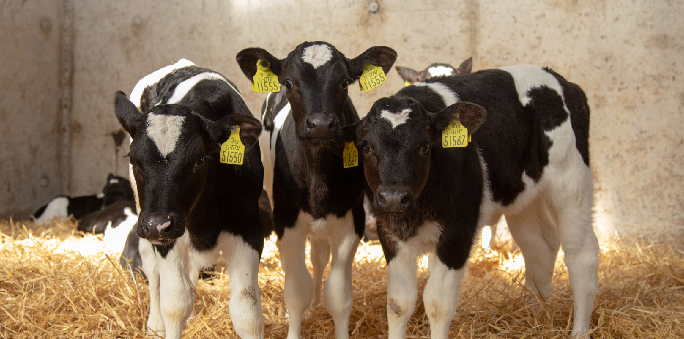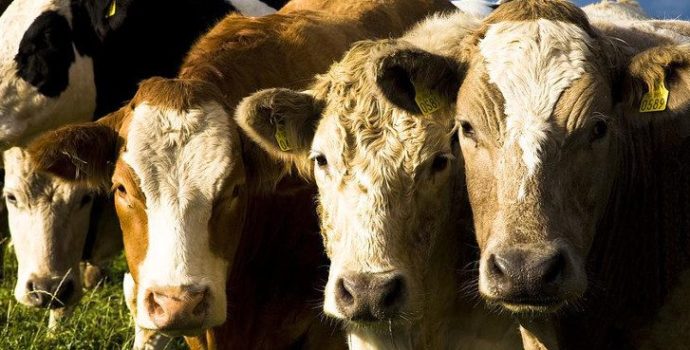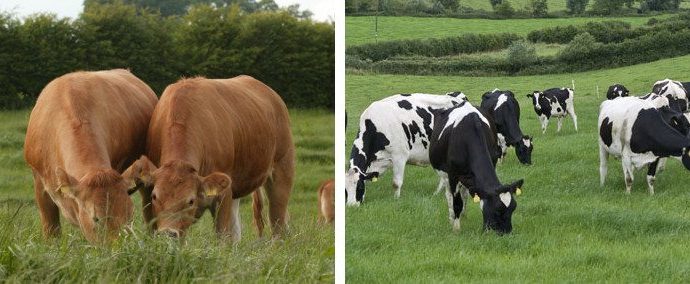Dairy Calf to Beef Scheme Has to Incentivise Farmers

Reacting to the draft Action Plan announced by the Minister for Agriculture on supporting Dairy Calf to Beef Systems, IFA Livestock Chairman Declan Hanrahan said the plan lacks the first and most fundamental component, which is a guaranteed return for the financial and labour investment for almost two years to bring these animals to slaughter.
Declan Hanrahan said despite encouraging results from optimum trial conditions on a select few farms, the figures speak for themselves: 60% of farmers who attempted rearing beef calves from the dairy herd leave over five years.
He said dealing with the issue of beef calves from the dairy herd is a huge challenge that must be resolved, but expecting beef farmers to take effectively all of the risk for up to two years will not lead to a successful outcome.
The IFA Livestock Chairman recognised the important role the CBV for these calves will play in helping farmers better select the calves they will rear and this must be available for all dairy bred beef calves.
“Maintaining access to our live export markets for calves and growing this market is the most effective way to significantly reduce the rearing requirements in this country and avoid any additional pressure on beef sales,” he said.
If additional calves are to reared here, then it is vital that additional market outlets are identified to accommodate increased beef production. It is not acceptable to put in place structures to rear calves without a final outlet for them.
The Ten Point Plan places a lot of emphasis on efficiencies; best practice; advice; and relationships with dairy farmers and meat processors. All of this is important, but lacks detail on the actual returns.
“If the Minister and the sector are really serious about having these calves reared on beef farms, then meaningful targeted payments for beef farmers will be needed,” he said.
IFA has consistently called for a minimum of €100 per calf payment for farmers taking on the rearing of dairy beef calves. This is the minimum level of funding that will be required in order for the system to be adopted on enough beef farms.
This payment must then be built on for the finishing stage and include calves from the suckler herd with another €100/animal payment.
“Beef farmers are available to play their part, but others must step up to the plate to provide the financial resources that will be needed to have a long-term sustainable solution and to avoid a 60% drop out after a few years,” he concluded.




